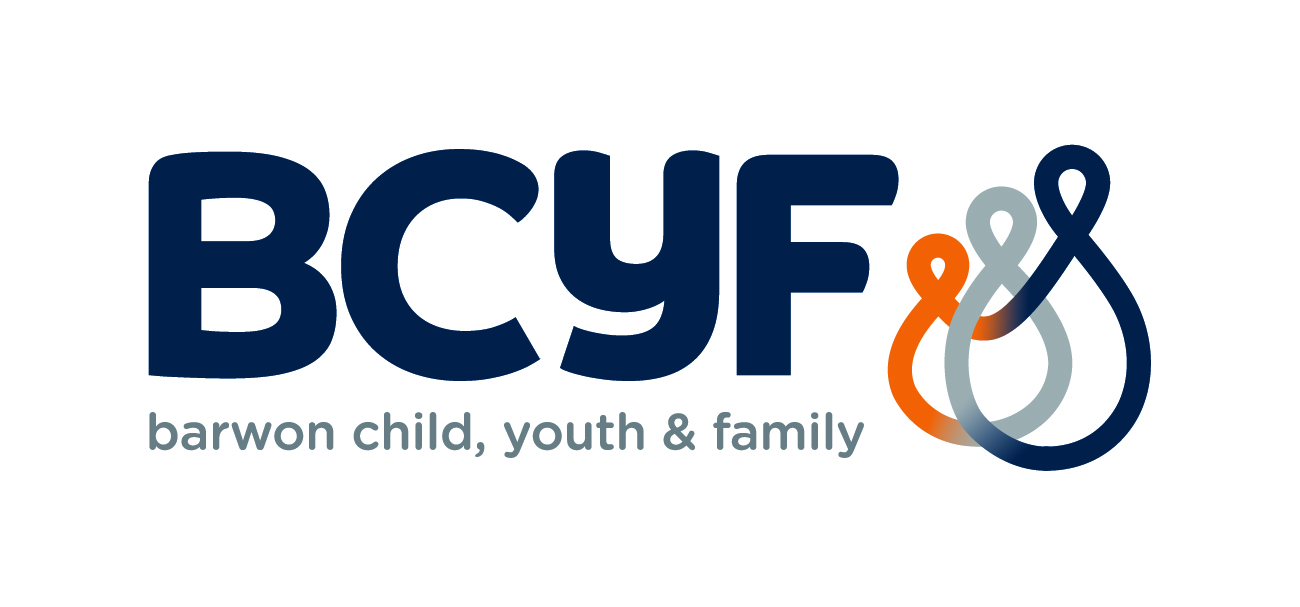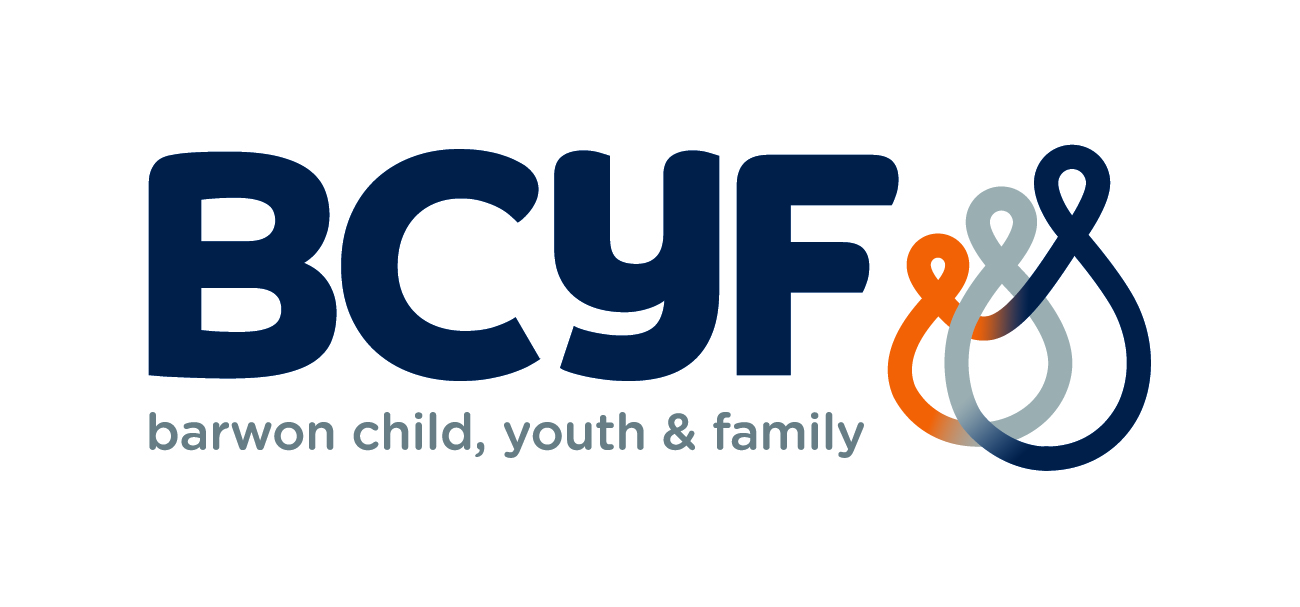Title Page
-
Site conducted
-
Site
-
Conducted on
-
Prepared by
-
Location
-
What can I do to keep my workers safe at the
workplace and limit the spread of COVID-19?
1. Working from home
-
Assess who can do their jobs from home. Give those workers the option to do so.
-
Provide guidance to your workers on how to set up a safe home work environment (see, for example, SWA’s working from home information and diagrams).
-
Require workers to complete a self‑assessment checklist to ensure the comply with good ergonomic practices (an example is Comcare’s Working from<br>home checklist).
-
Appoint a contact person in your business that workers can talk to about any concerns.
-
Set up ways to communicate with workers<br>online (e.g. through Skype or Zoom) and<br>communicate with them daily.
-
Provide information to workers about the supports available to them, for example through an employee assistance program.
2. Physical distancing
-
Put up posters around the workplace on keeping at least 1.5 metres distance between everyone at the workplace.
-
Erect signs at the entrances to lifts and meeting rooms to ensure the maximum safe capacity is not exceeded.
-
Move work stations, desks and tables in staffrooms further apart to comply with social distancing.
-
If possible, bring in shift arrangements so less staff are in the workplace at once.
-
Instruct workers to have meetings by phone or online instead of in person. If not possible, require they meet in a large space and keep meetings short.
-
Review regular deliveries and request contactless delivery. Check systems for e-invoicing are in place.
-
Provide social distancing markers on the floor in areas where customers line up or where workers perform tasks.
-
Nominate a person on the work floor to be responsible for keeping everyone the required 1.5 metre distance apart in accordance with the latest government requirements
3. Handwashing and hygiene
-
Have hand sanitiser stations at entry and exit points and around the workplace.
-
Ensure bathrooms are well stocked with hand wash and paper towel.
-
Put up posters with instructions on how to hand wash/hand rub.
-
Instruct workers on other ways to limit the spread of germs, including by not touching their face, sneezing into their elbow, and staying home if feeling sick.
-
Have automatic alerts set up on computer systems to remind workers about washing hands and not touching eyes, nose and face
-
Instruct your workers to limit contact with others– no shaking hands or touching objects unless necessary.
-
If possible, accept only cashless transactions.
-
Increase access to closed bins in your workplace.
-
Put up signs to request customers only touch objects they are going to buy.
4. Cleaning
-
Ensure any areas frequented by worker or others (e.g. visitors to your premises) are cleaned at least daily with detergent or disinfectant.
-
Instruct workers to wear gloves when cleaning and wash their hands thoroughly with soap or use an alcohol-based hand sanitiser before and after wearing gloves.
-
Clean frequently touched areas and surfaces several times a day with a detergent or disinfectant solution or wipe. This includes Eftpos equipment, elevator buttons, handrails, tables, counter tops, door knobs, sinks and keyboards.
-
Instruct workers to clean personal property that comes to work, such as sunglasses, mobile phones and iPads with disinfectant, such as disinfectant wipes.
5. Monitor symptoms
-
Put up signs about the symptoms of COVID-19 in the workplace
-
Direct workers to stay home if they are sick, and if they are displaying symptoms of COVID-19 ask them to call the National Coronavirus hotline (1800 020 080).
-
Instruct workers to tell you if they are displaying symptoms of COVID-19, have been in close contact with a person who has COVID-19 or have been tested<br>for COVID-19.
-
Remind staff of their leave entitlements if they are sick or required to self‑quarantine.
-
Treat personal information about individual workers’ health carefully, in line with privacy laws
-
Facilitate working from home, if possible, for staff who are required to self-quarantine but are not displaying symptoms of COVID-19.
6. Plan ahead
-
Nominate a worker or a team of workers to champion safe practices in the workplace and teach their colleagues the proper procedures listed above.
-
Develop a plan to ensure business continuity if there is a suspected or confirmed outbreak of COVID-19 in<br>your workplace.
-
Consider what you will do if one of your workers is suspected or confirmed to have COVID-19, including how you will support that worker and what you need to do to ensure the workplace remains safe for other workers.
-
Consider if you have appropriate cleaning products and personal protective equipment available to disinfect your workplace following an outbreak. If you do not, consider options for hiring a cleaning company to do this work.
-
Put a protocol in place for reopening your workplace after an outbreak or quarantine period.
Sign Off
-
Prepared by










